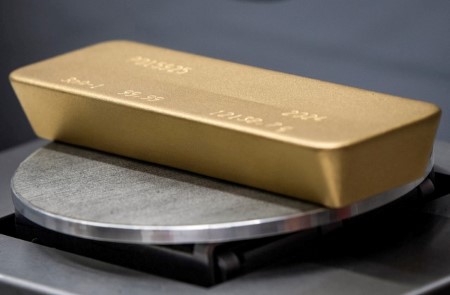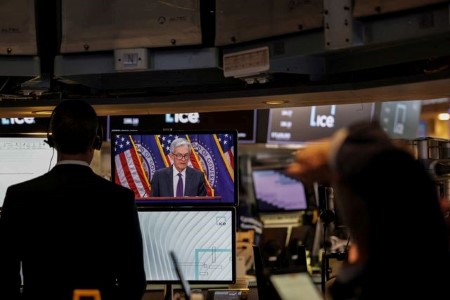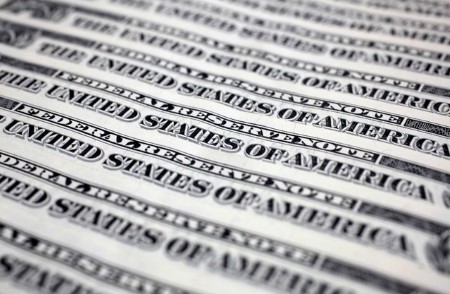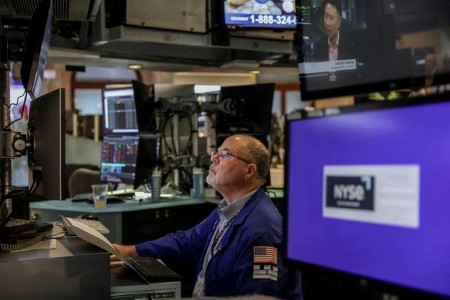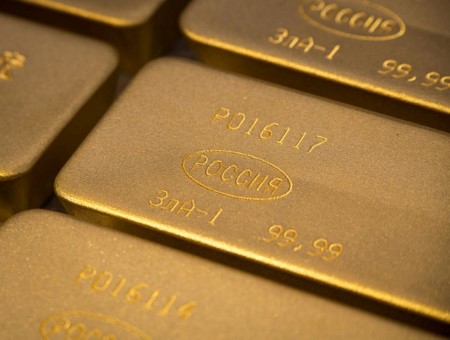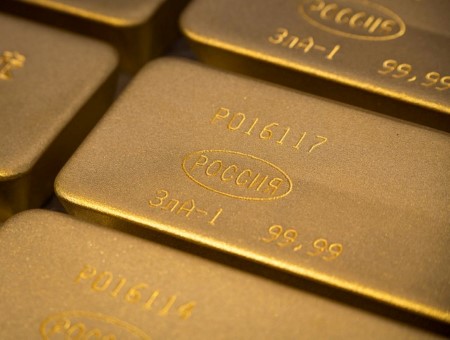NEW YORK – All three major US stock indexes scored their biggest daily percentage increases since May 27 on Monday as investors sought bargains after the previous session’s selloff and ramped up bets for a September interest rate cut after Friday’s weaker-than-expected jobs data.
Tesla shares rose 2.2% after the electric vehicle maker granted CEO Elon Musk 96 million shares worth about USD 29 billion.
Friday’s selloff followed bleak July jobs data that was accompanied by steep downward revisions for May and June.
“Today is just a little bit of dip-buying. It does show a pretty healthy sign of folks out there looking for an opportunity to get in,” said Mike Dickson, head of research and quantitative strategies at Horizon Investments in Charlotte, North Carolina.
“It’s a little concerning in the sense the labor market … definitely appears to be weaker than people expected. A bit of an offset to that is the renewed rate cut expectations. There’s a high probability we’re getting a September cut.”
Odds for a September rate cut now stand at about 84%, according to CME Fedwatch. Market participants see at least two quarter-point cuts by the end of this year.
The S&P 500 and Nasdaq had hit a string of record highs recently.
The Dow Jones Industrial Average rose 585.06 points, or 1.34%, to 44,173.64, the S&P 500 gained 91.93 points, or 1.47%, at 6,329.94 and the Nasdaq Composite climbed 403.45 points, or 1.95%, to 21,053.58.
Investors were still digesting US President Donald Trump’s firing of Bureau of Labor Statistics Commissioner Erika McEntarfer on Friday as he accused her of faking the weak jobs numbers.
Also on Friday, Fed Governor Adriana Kugler unexpectedly resigned, which could open the door for changes from Trump. Trump has been pushing the Fed to cut rates.
On the trade front, Trump said on Monday he will substantially raise tariffs on goods from India over its Russian oil purchases, while New Delhi said it would take measures to safeguard its interests and called its targeting by the US president “unjustified.”
Second-quarter US earnings season is winding down, but investors still look forward to reports this week from companies like Walt Disney.
Among rising shares on Monday, Spotify gained 5% as the music streaming platform announced plans to raise the monthly price of its premium individual subscription in select markets from September.
Joby Aviation jumped 18.8% after the company said it will acquire helicopter ride-share company Blade Air Mobility’s passenger business for up to USD 125 million. Blade Air shares rose 17.2%.
Among the day’s decliners, Class A shares of Warren Buffett’s Berkshire Hathaway fell 2.7% as investors took in a USD 3.8 billion write-down and a dip in quarterly operating profit that the firm disclosed on Saturday.
Advancing issues outnumbered decliners by a 4.48-to-1 ratio on the NYSE. There were 136 new highs and 51 new lows on the NYSE.
On the Nasdaq, 3,487 stocks rose and 1,090 fell as advancers outnumbered decliners by a 3.2-to-1 ratio.
Volume on US exchanges was 15.05 billion shares, compared with the 18.37 billion average for the full session over the last 20 trading days.
(Reporting by Caroline Valetkevitch; Additional reporting by Nikhil Sharma and Pranav Kashyap in Bengaluru; Editing by Maju Samuel and Richard Chang)






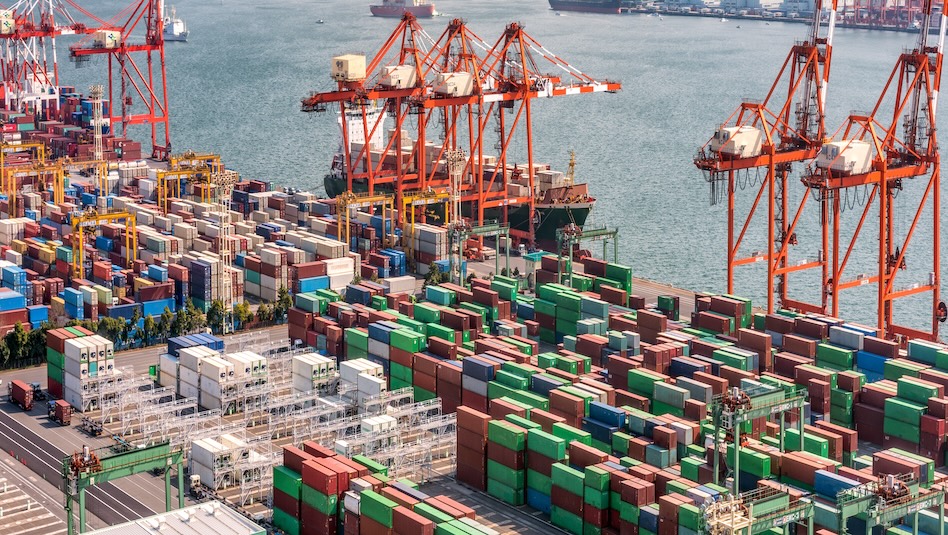
 DOWNLOAD
DOWNLOAD





